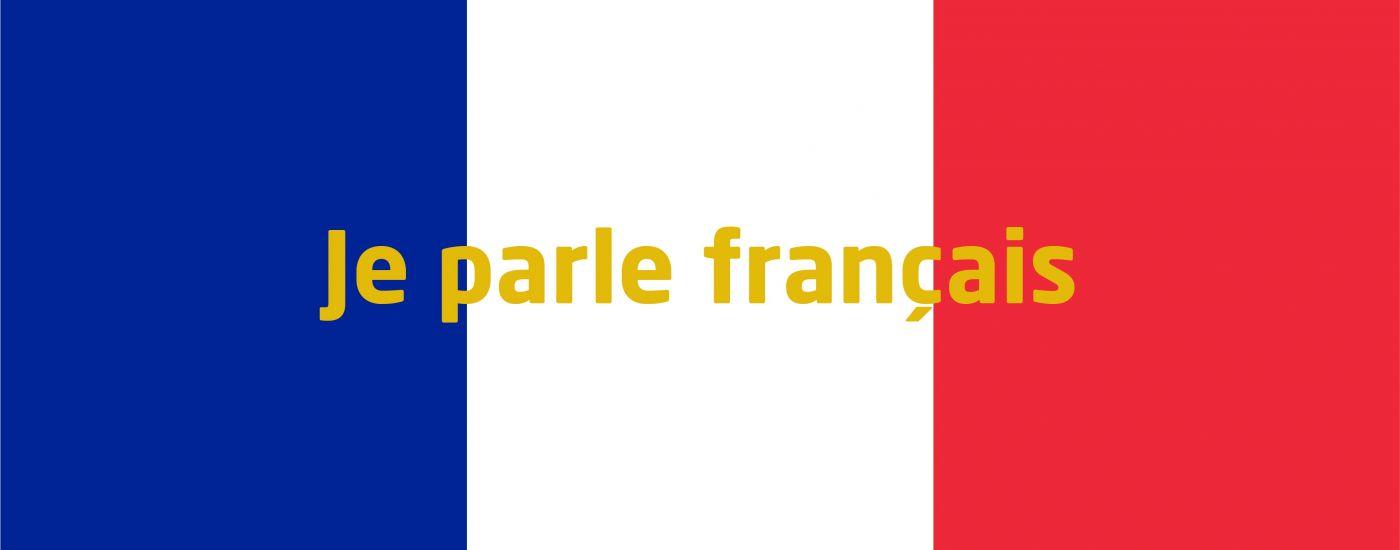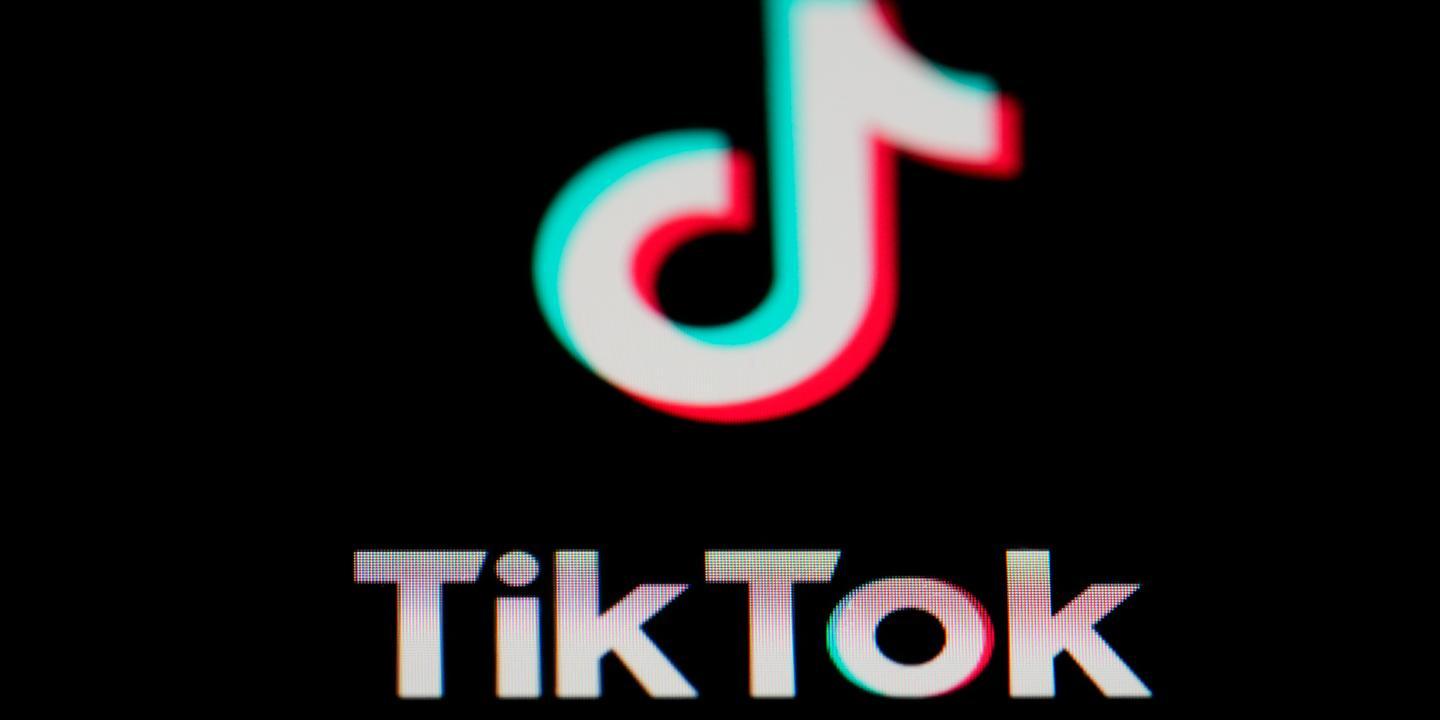In a world where algorithms reign supreme and content flows like a digital river, a group of French families have embarked on a daring journey. They are not seeking a lost treasure, but something far more precious: the safety and well-being of their children. This journey, however, is not through a magical forest, but the virtual realm of TikTok, and the weapon they wield isn’t a sword, but a lawsuit. The families claim the platform has failed to shield their children from harmful content, leaving them vulnerable and exposed to the dark undercurrents of the online world. This legal battle, a clash between the digital giants and the guardians of childhood innocence, is just beginning. But one thing is certain: the stakes are high, and the outcome could redefine the boundaries of responsibility in the digital age.
Table of Contents
- The Fight for Safety on the Byte: French Families Take on TikTok
- Beyond the Algorithm: Addressing Harms Impact on Young Minds
- A Call for Responsibility: Regulations and Parental Guidance
- The Battleground for Content Moderation: Finding Balance in a Digital World
- The Conclusion

The Fight for Safety on the Byte: French Families Take on TikTok
In a landmark move, a group of French families have filed a lawsuit against TikTok, alleging the platform has failed to adequately protect children from harmful content. The families claim their children were exposed to disturbing videos, including violent and sexually suggestive material, despite repeated attempts to report the content. The lawsuit, which seeks damages and stricter content moderation policies, marks a growing concern about the impact of social media on young minds.
The families argue that TikTok’s algorithm, which prioritizes engagement over safety, inadvertently amplifies harmful content, leading to a dangerous “rabbit hole” effect. They emphasize the need for robust content moderation measures, particularly targeted at protecting minors.
TikTok has defended its policies, stating that it employs advanced AI and human moderation teams to remove inappropriate content. The company insists that it is committed to creating a safe and positive environment for all users, particularly those under 18. However, the families argue that TikTok’s current efforts are insufficient, pointing to the continuous presence of harmful content on the platform.
The French case spotlights the increasing pressure on social media companies to address the potential harms associated with their platforms. It sheds light on the ongoing debate about the role of technology in shaping the lives of young people and the urgent need for effective mechanisms to protect minors online.

Beyond the Algorithm: Addressing Harms Impact on Young Minds
The legal battle in France shines a light on the growing unease surrounding the impact of social media on young minds. While the algorithms that drive platforms like TikTok are designed to keep users engaged, they can inadvertently expose vulnerable users to harmful content. These algorithms, often built on factors like engagement and viewership, can prioritize shocking, sensational, or even disturbing content, leading to a “race to the bottom” where platforms prioritize virality over well-being. This situation raises crucial questions about the responsibility of social media companies to prioritize user safety, particularly when it comes to safeguarding children.

A Call for Responsibility: Regulations and Parental Guidance
This case shines a light on the complex issue of online safety, especially for young users. It raises critical questions about the responsibility of social media platforms, urging them to prioritize the well-being of their users, particularly children. While freedom of expression is vital, it shouldn’t come at the cost of protecting vulnerable individuals from potentially harmful content. This situation underscores the urgent need for stricter regulations to hold platforms accountable for the content they host. Parental guidance also plays a crucial role, with parents needing to be actively involved in understanding the online landscape and navigating potential risks their children face.

The Battleground for Content Moderation: Finding Balance in a Digital World
This lawsuit underscores the growing tension between social media platforms and their users regarding content moderation. While platforms grapple with the seemingly impossible task of policing an ever-expanding universe of user-generated content, families are increasingly holding them accountable for the potential harm their algorithms and moderation policies can perpetuate. This case, along with others like it, raises critical questions about the responsibilities of tech giants in a world increasingly dominated by digital spaces. Key aspects of this battleground include:
- Defining Harmful Content: What constitutes harmful content and how do we balance freedom of expression with safeguarding users from potential harm?
- Algorithmic Bias: Are algorithms designed to promote engagement inadvertently amplifying harmful content, and if so, how can this bias be rectified?
- Transparency and Accountability: How can platforms be held accountable for their content moderation decisions, and what level of transparency should be expected?
| Challenge | Implication |
|---|---|
| Defining harmful content | Balancing freedom of expression with user safety |
| Algorithmic bias | Potential for amplifying harmful content |
| Transparency and accountability | Ensuring responsible content moderation practices |
The Conclusion
So, the French family is taking on TikTok, wielding their legal swords against a digital Goliath. Will this be David versus Goliath, or just a ripple in the vast, ever-evolving ocean of online content? Only time will tell. But one thing is certain: the spotlight is now firmly fixed on TikTok, and the platform will have to reckon with the weighty consequences of every video, every algorithm, every byte of data. The fight for the future of online safety has just begun.

Leave a Reply